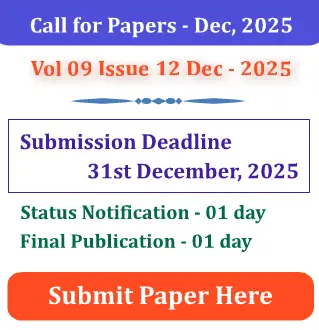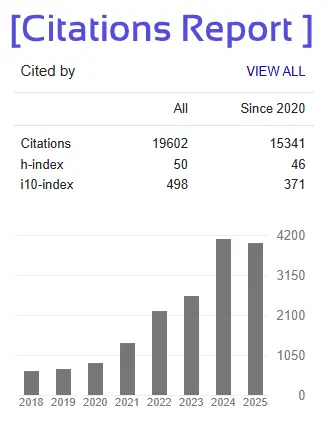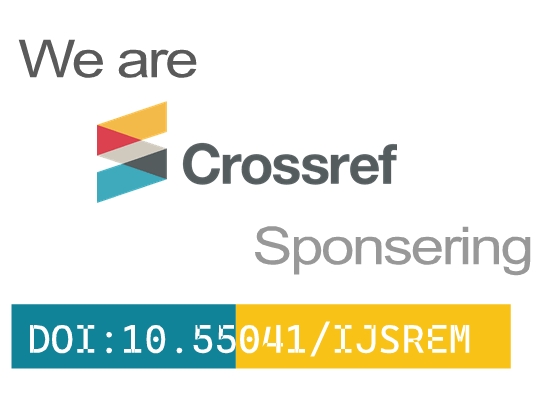A Deep Learning Model Inspired by Visualization for Accurate Cyclone Estimating
1 Ajay R J ,2 Dr. Shankaragowda B B
1Student, 4th Semester MCA,Department of MCA, BIET, Davanagere, India
2Associate Professor,HOD, Department of MCA, BIET, Davanagere, India
Abstract:
Accurate early prediction of cyclones is essential to minimizing casualties and damage to infrastructure across the globe. With advancements in satellite imaging, it has become feasible to capture atmospheric visuals and remotely sense weather events like cyclones through various imaging modalities. These Satellite photos are especially useful forforecasting cyclonic storms. However, current methods often face challenges in achieving high prediction accuracy within minimal processing time. To address these limitations, a new approach known as Bivariate Correlative Deep Structure Learning Classification based on Czekanowsky Dice Hypergraphic Extended Kalman Momentum Filterization (CDHEKMF-BCDSLC) is suggested. The purpose of this model is to improve cyclone prediction speed and accuracy.The four primary steps of the methodology are feature extraction, segmentation, preprocessing, and classification. First, a Czekanowsky Dice Intensity Threshold-based Interval Hypergraph is used in the segmentation phase.(CDIT-IH) model to separate cyclone-related patterns in satellite images, which significantly reduces prediction time. Following segmentation, a novel Extended Kalman Momentum Filter That Is Invariant is applied during preprocessing to enhance image contrast and clarity.In the third stage, Bivariate Correlative Spatiotemporal Feature Extraction is conducted, where pixel intensities are analyzed across time and spatial dimensions to identify relevant patterns. A Multidimensional Deep Belief Network (DBN) classifier is then fed these extracted features. This model for deep learning, with its layered structure, is optimized to process complex spatiotemporal inputs and deliver precise cyclone predictions.Experimental evaluations demonstrate that the proposed CDHEKMF-BCDSLC model significantly improves cyclone prediction performance. It achieves 6% higher accuracy, 17% faster prediction time, 5% increase in both precision and F-measure, and a 4% gain in recall when compared to leading existing methods.
Keywords: Cyclone prediction, satellite imaging, spatiotemporal features, image segmentation, preprocessing, extended Kalman momentum filter, Czekanowsky Dice interval hypergraph (CDIT-IH), feature extraction, deep belief network (DBN), multidimensional classification, bivariate correlation, prediction accuracy, cyclonic storm forecasting, machine learning, remote sensing, weather prediction







